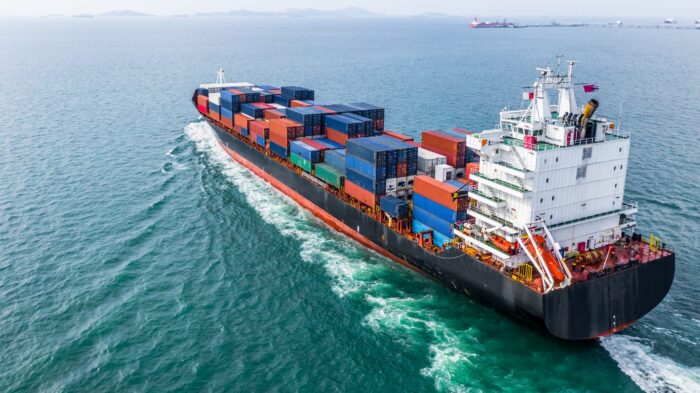
Global situation in ocean container movements
17 September, 2021Freight rates are expected to continue to reach new highs this year and will remain above their pre-pandemic levels in the longer term.
There is little sign of relief in the short term, and rates are therefore likely to continue spiking in the second half of this year, as rising global demand will continue to be met with limited increases in shipping capacity and the disruptive effects of local lockdowns. Even when new capacity arrives, container liners may continue to be more active in managing it, keeping freight rates at a higher level than before the pandemic.
The increase in air freight prices is due to the sharp shrinkage of capacity and the reasons why ocean freights are rising fast as below:
1. Continued global imbalances push prices up further
Problems that had built up from the beginning of the pandemic have included imbalances in the production and demand for goods, with countries locking down and opening at different times, as well as shipping companies cutting the capacity on major routes and shortages of empty containers. As the recovery has progressed, global demand has recovered strongly, especially in the sectors which are most closely linked to international trade in goods. Competition for ocean freight capacity has intensified as economies open further and inventories are rebuilt across the several links of supply chains.
2. Few alternatives to ocean freight
A lack of alternatives to ocean freight means it’s hard to avoid surging transport costs at the moment. For higher value products, alternative modes of transportation would normally be an option, such as the shipment of electronic devices by air or via train. But capacity is currently limited. For the lower value products such as household items, toys, breakbulk, or t-shirts have to transport by the sea.
3. An unbalanced recovery throughout 2021
Some countries are already exporting more goods than they did before the pandemic, while in others, including the US and SE Asia countries export continue to lag behind the overall recovery in output. With the competition for ocean freight capacity set to remain, the unbalanced recovery will continue to exacerbate some of the problems for world trade, including displaced empty containers. It all adds up to more pressure on freight rates in the near term.
4. Reduced blank sailings will help ease capacity constraints
Globally, capacity on major shipping routes has recovered to levels before the major lockdowns in 2020, although blank sailings continued to cut 10% of scheduled capacity through the first quarter. There are signs of improvement this quarter, which on current plans will average at 4%. But cancellations have partly been a response to delays, so while the system remains congested, shipping capacity may continue to be taken out of the system at short notice.
5. Port congestion and closures keep creating delays
As the link between canceled sailings and delays suggests, congestion is part of the problem. Shipping performance in 2021 has carried on where 2020 left off, in terms of lower rates of vessels keeping scheduling, and average delays for late vessels rising. There are some signs that average performance will start to improve as the share of vessels reaching their destinations on time stopped sliding in April, and average delays improved. But overall performance remains the lowest it has been in ten years of records.
At the same time, the pandemic is still leading to disruptions, like the sudden closing of China’s Yantian container port – part of the world’s 4th largest container port Shenzhen – in early June. Even though operations have resumed, congestion and the continuing need for measures to stop the spread of Covid-19 mean delays continue to mount. Although China and other major trading countries are making progress with vaccination programmers, creating immunity will take time and consequently handing interruptions will remain a risk over the coming months.
Categorized in:New
This post was written byTL Pacífico


Comments are closed here.